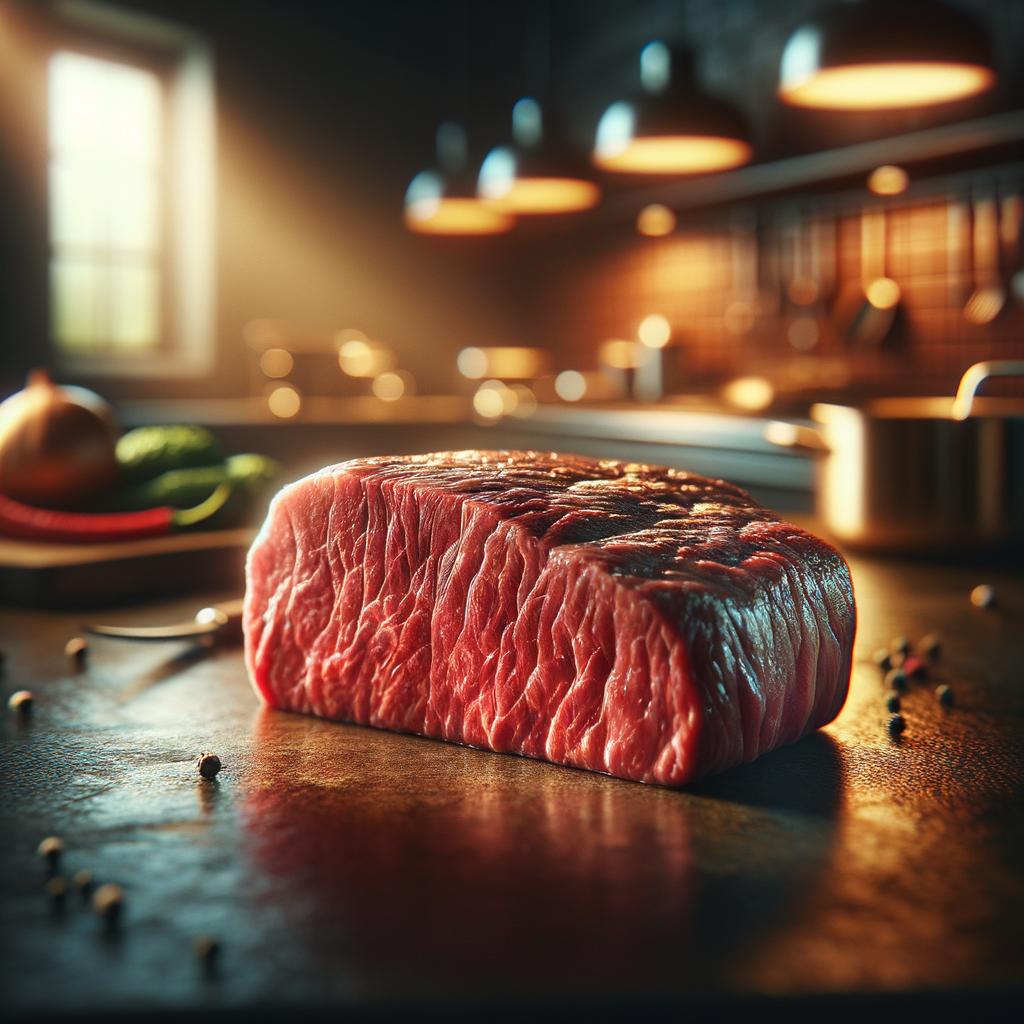Beef Fillet

Description
Beef fillet, also known as tenderloin, is a cherished ingredient in many kitchens and one of the most luxurious cuts of beef. Its appearance is sleek and elongated, often with a rich, ruby-red hue that speaks of its freshness. The texture of a beef fillet is incredibly tender, almost buttery, a trait that sets it apart from other beef cuts. Its flavor profile is mild yet distinct, providing a delicate taste that can be further enhanced by various seasonings and cooking techniques. What sets beef fillet apart is its rarity; it constitutes less than 3% of the entire animal, making it one of the most sought-after cuts of beef.
Primary Uses
Beef fillet is commonly used in high-end culinary dishes due to its tenderness and flavor. It's the star ingredient in classic dishes such as Beef Wellington, steak au poivre, and filet mignon. It's also used in various cuisines worldwide, from the French 'tournedos Rossini' to the Italian 'carpaccio'. Apart from culinary uses, beef fillet holds a certain cultural significance. It's often associated with celebrations, special occasions, and fine dining experiences, symbolizing luxury and indulgence.
History
The history of beef fillet is as rich as its flavor. This cut of beef was highly prized in ancient Rome, often served at grand banquets. In the Middle Ages, it was a luxury reserved for nobility. The evolution of beef fillet's popularity over time is fascinating, from being a rarity enjoyed only by the elite to becoming a symbol of celebration accessible to many. There are many tales associated with it, one being that the term 'filet mignon' was first used by O. Henry in his book 'The Four Million' in 1906, adding a romantic aura to this exquisite cut.
Nutritional Information
Beef fillet is not only delicious but also nutritious. It's a good source of protein, essential for muscle growth and repair. It also provides vitamins like B12, which is crucial for brain function, and minerals such as zinc, which boosts the immune system. Despite being a lean cut, it does contain some fat, which contributes to its flavor and succulence. When compared to other cuts like ribeye or sirloin, beef fillet has less fat but still offers a comparable amount of protein. However, like all red meats, it should be consumed in moderation due to its cholesterol content.
In every bite of a beef fillet, you're not just tasting a piece of meat; you're experiencing a piece of history, a culinary tradition that has been savored and celebrated for centuries.

